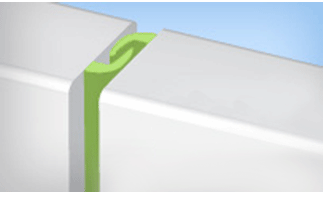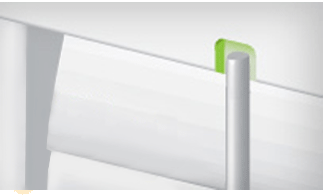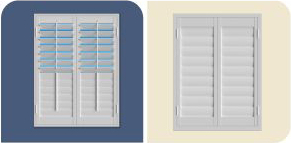How Window Shutters Give You Control Over Room Temperature
Closed shutters are the next best defence against the extreme temperature and wind in Denver, coming right after windows. Other window treatments such as blinds, draperies, and shades block most of the external temperature, but not all. And, when you need a quality-made window treatment that gives you a comfortable seat next to the window, Polywood® shutters are the preferred product.
Polywood shutters are made from a synthetic polymer. Polywood shutters insulate up to 70% better than an equivalent traditional wood shutter. As a matter of fact, the Polywood Shutter Insulating System blocks as much as 30 degrees of airflow and reduces heat transfer by 45.96%. This means energy savings for your house – and full room temperature control.
The heating and cooling system in your house takes less time to work now that you have blocked off most of the impact from the outside weather. If you want to feel some of the effects of the external elements, just move the louvers and adjust them to how you’d like them. You can get even more window treatment temperature control. Simply follow the instructions below to close your shutters properly.
How to Close Your Shutters for Optimal Temperature Control
Two parts of your shutters need to be closed to seal off external temperature: the panels and the louvers.
To properly close your Polywood shutter panels, swing them toward the window. As you push the panels into the shutter frame, ensure that the pieces of weatherstripping interlock along the vertical ends of your shutters.

To properly close your louvers, push the tilt rod toward the louvers and make sure the top of the tilt rod will fit into the “mouse hole” just above the top louver. The best way to do that is to run your hand up the tilt rod, and push in as you go up. This is particularly true for taller shutters. Sometimes a little push at the bottom of the tilt rod isn't enough and leaves gaps at the top.



